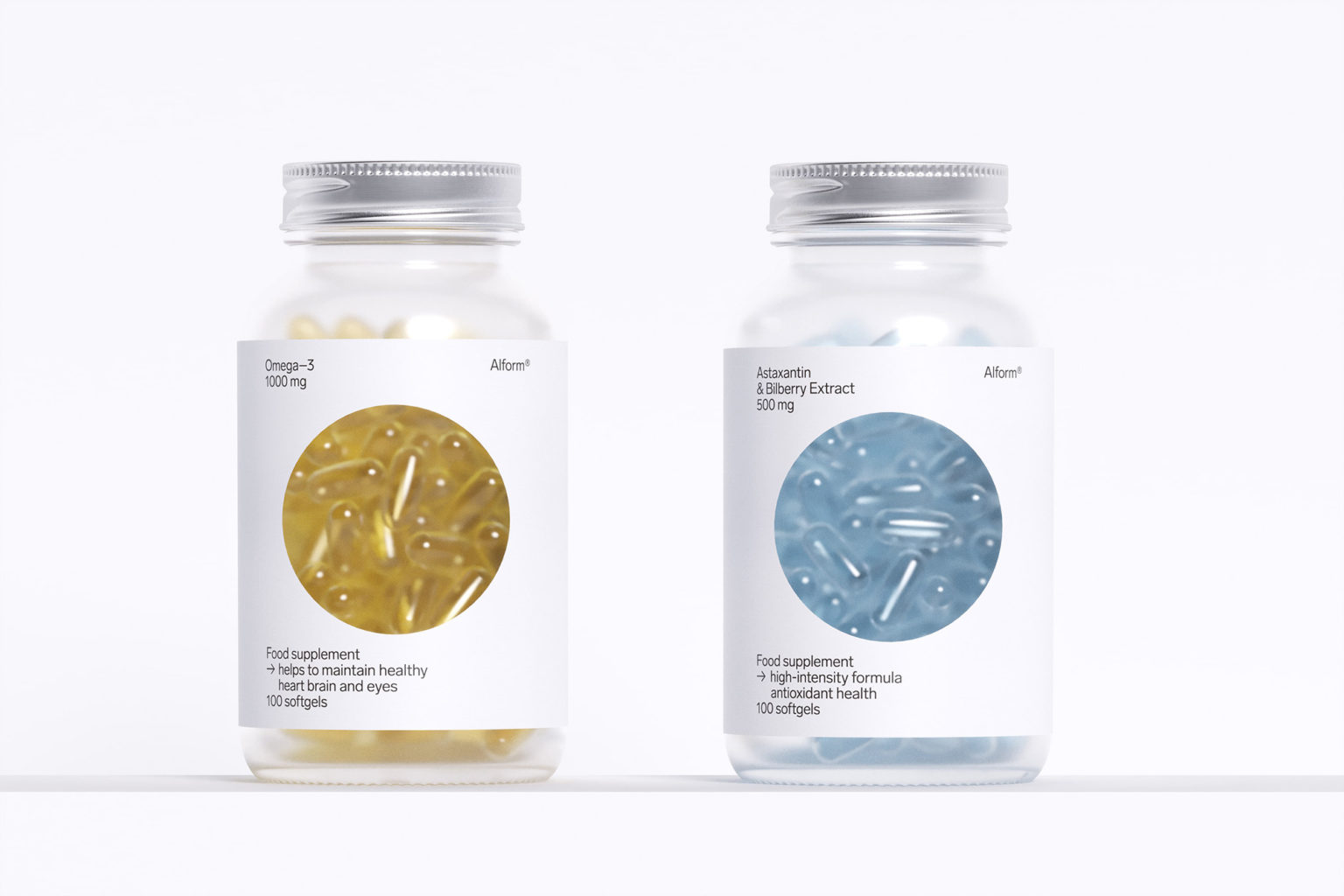How to name your brand
This is actually where most people get it wrong. Your business name serves as the foundation for your business, upon which every other thing is built upon. If you get your business name wrong, then you are starting on a faulty foundation. I’m very glad I have the chance to write about this, hoping that it helps someone who is battling with this step.
The goal of building a brand is to build positive brand equity, that is all. To build positive brand equity, your brand needs to be memorable. For your brand to be memorable you need a memorable brand name. Many times when we run ads, our goal is not only to sell but to create awareness for our brand, so our prospective customers can remember our brand.
Let’s assume you own a skincare brand with a funny name like (Beautyofficialgram__) and you are running ads, we all know that only a few percentages of those that interact with your brand actually buy. The other percentage you want them to at least memorize or remember your brand. With a funny name like (Beautyofficialgram__) I doubt if they will.
The sad part is that I see founders make this mistake a lot. If you are like this, just know that you are losing a lot of money. When you have a good name, it becomes very easy for people to recall and memorize it, which ultimately leads to better brand awareness and equity.
I like to always use myself as an example when the idea of a fertility startup came up, I began searching for a name and after sometime, I came up with the name Reprovive Which simply meant Reproductive – Revive. This is simply a compound word, coined from two words. I was lucky enough to secure the names across every social networking site and even the .com domain. Watch closely, there are a few tips I would like you to take out from this example.
I needed a short name:
Shorter names are easier to memorize and remember. They are even easier to type out as a web address. When setting up your Twitter account, I don’t think you can pass 15 characters.
The name is descriptive:
If you can get a descriptive name by all means do so, it saves you the stress of people having to second guess what your business is all about. Descriptive names help people to understand what your business is all about just by hearing or seeing the name. Some great examples of descriptive compound names are Pinterest (Pin your interest) and Facebook.
On the other hand, there are also constructed words like, Instagram, and Microsoft. Some brands use real words like Apple, Staples, Windows, Caterpillar, Oracle. I don’t advise you to go this route, it will be almost impossible to trademark and you will spend a fortune trying to market it as yours.
There are also misspelled names like Flickr, Dribbble, Awwards, Tumblr – these are very common with tech startups, not consumer goods, I personally don’t like them. Some people also tend to use family names. For example, H. J. Heinz Company, Ford Motor Company, Schmidt, and Colgate.
Some brands tend to use suffixes – good examples are Onesies, Spotify, Pampers. Some brands go as far as using Mythical Names like Nike, Pandora, and Hermès
The name seems memorable enough:
A brand name doesn’t have much value if no one can remember it. You need your name to be simple, easy to pronounce, and evocative. Most importantly a phonetic name, not a name that is pronounced one way and spelled another way.
Above all you need a name that is available across all social networks and on a .com domain. Reprovive passed this test. If someone is already using your brand name, chances are that most of your leads and prospects will find them first when they try to reach out to you.
If you wish to know more about any brand, I bet the first thing you check out is name.com. Is one thing for you to get a name and it is another thing for the name to be available for use, so you need to do a lot of work here.
The next type of name is the Invented Brand Names. I took this approach with one of my brands Reviveron, the brand is a skincare brand. I made up the name using the word Revive, luckily enough the name was available on the .com domain.
Invented names are etymological fabrications that are nothing if not distinctive. Some established brands that took this approach are: Kodak, Google, Verizon, Adidas, Microsoft and alot more.













